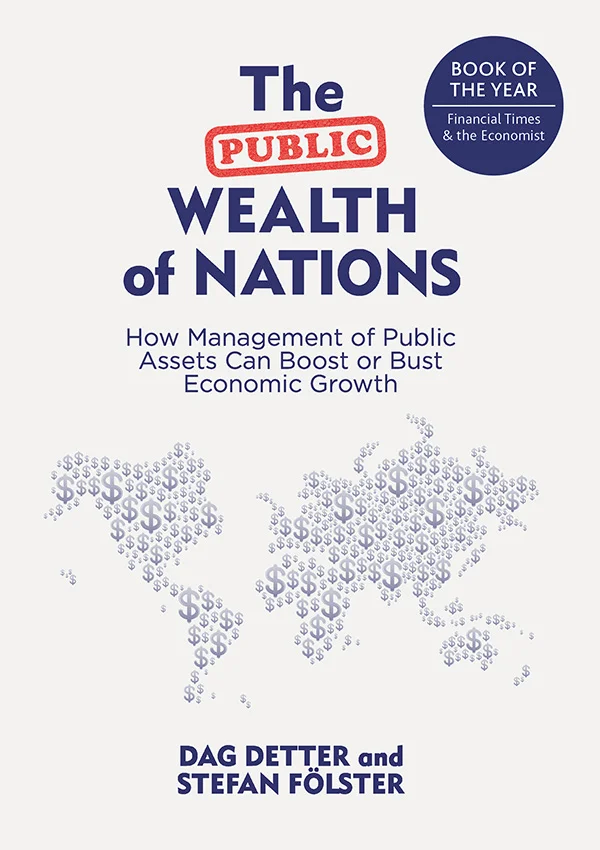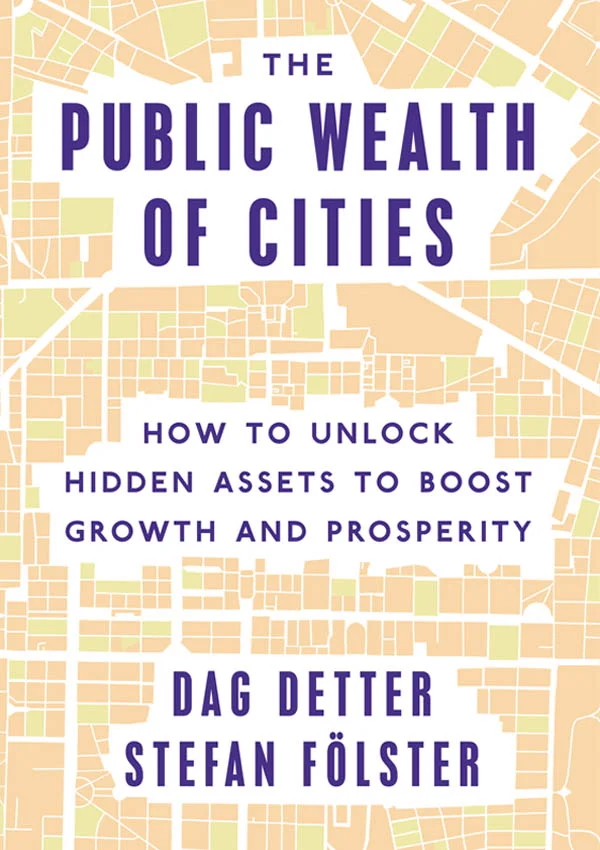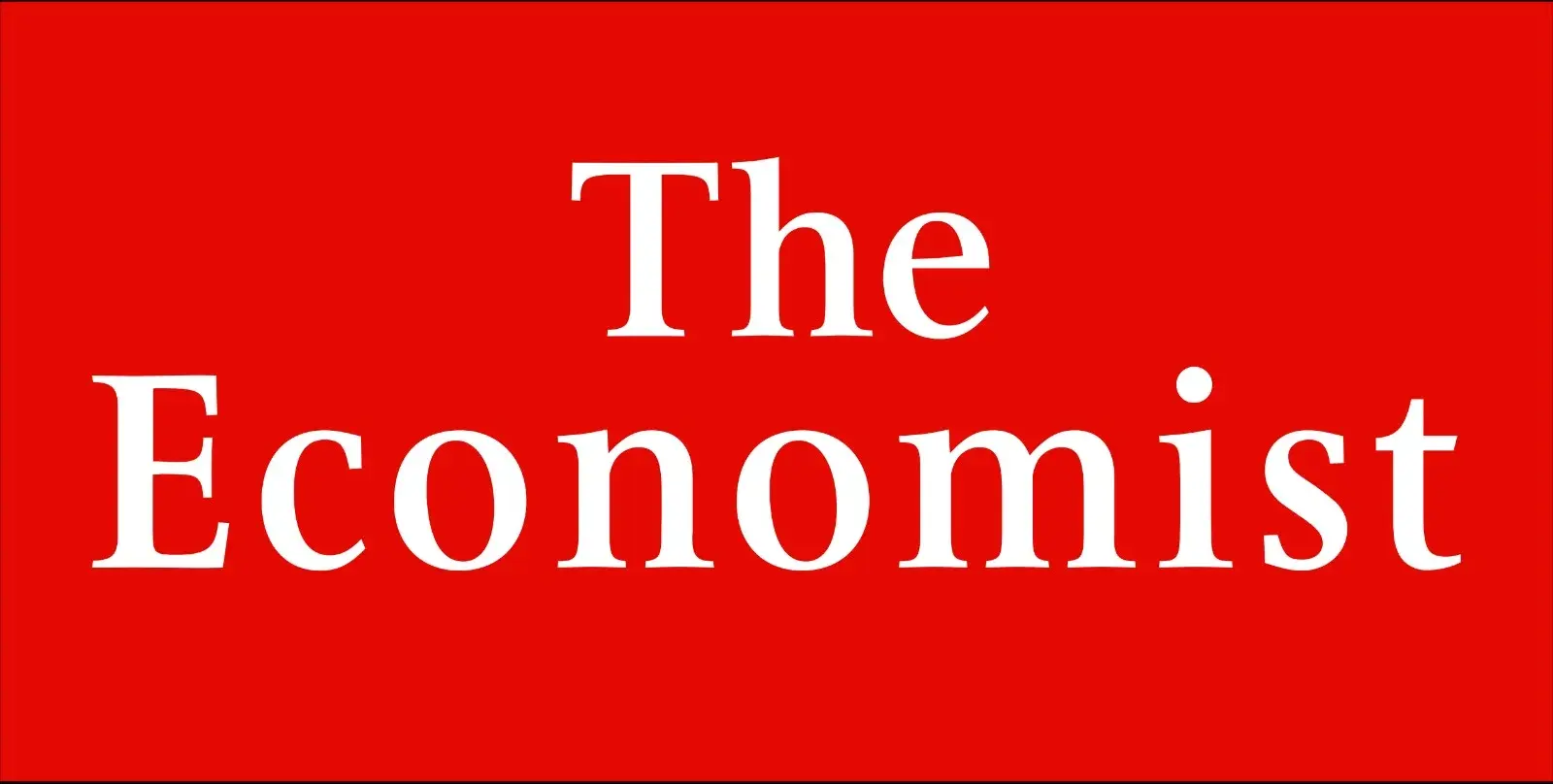BY IAN BALL, WILLEM BUITER, JOHN CROMPTON, DAG DETTER & JACOB SOLL
Accounting, Government and Democracy
Through better asset and liability management, government revenues can be increased significantly – by several per cent of GDP per annum.
An opportunity to improve long-term public finances
without cutting public services or increasing taxes.
“This important book…..is a call for sensible change. It should be answered” – Martin Wolf
PUBLIC Net Worth: Accounting – Government – Democracy (Palgrave Macmillan, London 2023) aims to do more than inform or educate. It is a book with a mission: to get governments to overhaul their approach to public finance and accounting.
The five authors draw on a wealth of professional experience in public finance across various jurisdictions to make the case that government accounting and budgeting should focus on “public net worth” – the sum of public sector assets and liabilities – rather than mere cashflow, public debt or deficits. This, they claim, holds the key to better decision-making, more effective government and stronger democracies.
If something is to count, it must first be counted. That is the lesson of this important book.
This is not true, of course, of everything that matters in human life. Many things lie beyond measurement: a child’s smile; a parent’s love, a widower’s grief. But when it comes to contemporary life, numbers are essential: without counting, we could not have modern science; without accounts, we could have neither thriving businesses nor transparent states.
No contemporary institution is more important than the state. In high-income democracies, governments spend up to half of gross domestic product. They provide defence, justice, education, and health, offer insurance against individual and collective risks, redistribute from rich to poor and across generations, fund and build infrastructure, set standards, and regulate almost every aspect of their people’s lives. Specialised state institutions perform many other functions, including control over money and monetary policy. Surprisingly perhaps the “neo-liberal” era diminished neither the roles states play nor their expense in any significant way: they remain omni-present.
Yet, as the authors of this book point out, virtually all democratic states, notably including the most important, provide grossly inadequate information, especially financial information, on their activities. Above all, they ignore their balance sheets, in ways that would certainly not be permitted for private businesses. They focus, instead, on their revenues, expenditures, and market debt, with a single year’s gross domestic product used to provide context.
These conventions ignore public assets and most liabilities. This ignorance, in turn, causes huge problems: it makes it hard to evaluate the state’s solvency; it obscures the distinction between borrowing to finance consumption and to create valuable long-term assets; and it underplays the implications of expensive long-term spending commitments, such as public sector pensions. This ignorance makes it impossible to manage public sector assets effectively. As a result, opportunities to generate valuable resources for the state are wasted.
The solutions, assert the authors, include the adoption of modern accounting standards, with full balance sheets and accrual accounting. Only once this is done, will it be possible to manage public assets and liabilities successfully.
The implications are potentially radical. It is clear, for example, that long-term solvency demands huge fiscal adjustments in many countries, notably including the US and UK. This is, no doubt, one of the reasons why governments do not want to show the level of transparency that they demand of the private sector.
A better justification for not proceeding with full accounting of the state’s financial condition might be that there are so many inescapable uncertainties: discount rates are uncertain, for example, as are future rates of economic growth and demographic developments; and even more uncertain are the chances and consequences of shocks, such as pandemics, wars, and financial crises. Also significant are difficulties in valuing assets, such as non-commercial property, museums and other civic amenities, or many forms of infrastructure. Important, too, is the reality that some assets are hard to realise or may be impossible to realise at all.
Yet these difficulties, while real, are a poor excuse for not making the effort. The fact that something is hard to value does not mean it can be ignored. Obviously, the effort must be made intelligently, with account duly taken of relevant distinctions, such as those between liquid and illiquid assets or between fixed and adjustable commitments. The British government’s efforts to calculate the output of public services are a perfect example of what is both difficult to do and important to attempt.
It is always far better to be roughly right than to be precisely wrong. Ignoring reality, because it is hard to take everything into account, is a big mistake, because it will understate both the risks and the opportunities, probably dramatically so. Only the truth, however difficult that may be to reach, can free us from such errors.
This book is a call for sensible change. It should be answered.

BY DAG DETTER & STEFAN FÖLSTER
How Management of Public Assets Can Boost or Bust Economic Growth
Most countries’ public wealth is larger than their public debt. While managing debt has become a matter of great concern during the financial crisis, public wealth remains opaque and largely ignored.
The polarized debate between privatizers and nationalizers has missed the most important point – the quality of asset management.
According to our calculations an achievable improvement in public wealth management would yield returns greater than the world’s combined investment in infrastructure such as transport, power, water and communications.
This book explores how some countries are experimenting with institutional setups, such as National Wealth Funds that achieve sounder management and cleaner democracy.
An extract from the Foreword written by Adrian Wooldridge, The Schumpeter Editor of The Economist
It is not every day that you come across a new idea in public policy. After the burst of creativity of the 1990s statecraft is becoming sterile. The left is retreating into the big government ideas of the 1970s. The right is failing to address the great problems of our time such as rising inequality. The left demonises the use of market-mechanisms to improve the state. The right demonises the use of the state to address market failures. At a time when tech-entrepreneurs are reinventing the world public policy-makers are reinventing the wheel.
The idea of the public wealth of nations is just such a new idea. It identifies a problem that few people had realised exists. It shatters the tired categories of left and right. And it suggests a relatively pain-free way of boosting economic growth.
The argument rests on a striking observation (amply backed up in the text): that governments around the world have billions of dollars of public assets, ranging from corporations to forests to historical monuments, that are usually badly managed and frequently not even accounted for at all. Policy makers have focused on managing debt since the financial crisis of 2007-8. But they have largely ignored the question of public wealth. In most countries public wealth is larger than public debt: managing it better could help to solve the debt problem while also providing the materiel for future economic growth.
Dag Detter and Stefan Fölster shatter the tired categories of left and right. To right-wing fundamentalists they are dangerous statists. To left-wing diehards they are latter-day Thatcherites. To the rest of us they are brave pragmatists. They argue that they polarised debate between privatisers and nationalisers has missed the point—that what really matters is the quality of asset management. The focus when it comes to public wealth should be on yield rather than ownership. They calculate that improvements in public wealth management could yield returns greater than the world’s combined investment in infrastructure such as transport, power, water and communications. They also note that improvements in public wealth management could help to win the war against corruption. They thus address at a single stroke two of the great problems of our age: the shortage of infrastructure investment thanks to the overhang of the public debt and the halt in the advance of democracy thanks to the prevalence of bad government.

BY DAG DETTER & STEFAN FÖLSTER
How to unlock hidden assets to boost growth and prosperity
Crumbling streets and bridges. Poorly performing schools and other social services. These are common themes in cities, which too often struggle just to keep the lights on, much less make the long-term investments necessary for future generations.
This book by two Swedish experts in public finance describes a new way of restoring economic vitality and financial stability to cities, using steps that already have proven remarkably successful in some cities. The key is unlocking hidden social, human, and economic wealth in cities. A focus on public wealth shifts attention and resources from short-term spending to longer-term investments that can vastly raise the quality of life for many generations of urban residents.
Most cities could more than double their investments with smarter use of their commercial assets
A crucial first step is gaining a proper understanding of the city’s balance sheet—an understanding that that too many cities now lack. With this in hand, taxpayers, politicians, and investors can better recognize the long-term consequences of political decisions and make choices that mobilize real returns rather than relying on more taxes, debt, or austerity.Even poor cities own large swathes of
Even poor cities own large swathes of poorly utilized real estate, or they control underperforming utilities and other commercial assets. Most cities could more than double their investments with smarter use of these commercial assets. Managing the city’s assets smartly through the authors’ proposed Urban Wealth Funds—at arms-length from short-term political influence—will enable cities to ramp up much-needed infrastructure investments.
There is much rumbling about federal cutbacks to cash-strapped cities. Overlay that with a clarion call to invest in crumbling infrastructure before the underpinnings of our great urban centres give way. “The Public Wealth of Cities” offers a solution for city leaders to amass the capital they need to balance municipal budgets, fill every pothole and reinforce wobbly overpasses and tunnels. Our cities can continue to be great places to live, work and play.
Cities have the assets to fill their coffers, to capitalize social development and human capital and avoid unnecessary poverty, unemployment and crime. Twenty-first-century cities should not have to face shrinking populations or falling life expectancy.
This is a book I urge people to read carefully and absorb
Having been Deputy Mayor for Economic Development and Rebuilding for the City of New York in the aftermath of 9/11, I know how innovation and smart thinking can rescue a city. We completely rethought the way New York used our assets, especially land, to dramatically strengthen the city’s physical and fiscal base.
This book calls for cities, not just a city like New York, to unlock the value of public assets as a core urban strategy. Doing so can uncover hidden social, human and economic wealth.
Dag Detter and Stefan Fölster make a powerful argument that cities can finance their future and emerge stronger by placing public assets under more professional guidance. Every city owns swathes of poorly utilized real estate or control underperforming utilities. Smarter choices could meaningfully enhance the value of investments.
The urban strategy called for here is not geared only for big cities, those with a robust technology sector, or the ones featured regularly on urban innovation blogs. All cities throughout the United States and globally are sitting on real wealth. Their assets just need to be realized through better management and, as with any portfolio, knowing what to sell and what to hold.
Public wealth is exactly that: something valuable to us all
Shifting attention and resources from short-term spending to investments that can improve the quality of life has already led to remarkable success in some cities.
At Sidewalk Labs, the urban innovation company that I founded in partnership with Alphabet, we work at the intersection of the physical and digital worlds to help make cities more efficient. I see every day the remarkable things that cities can accomplish; likewise, how public-sector commercial assets are often not tapped to the city’s best advantage. Cities need clearer goals. They need to track results and accelerate what works.
This is a book I urge people to read carefully and absorb. Whether a city manager, a devoted urban dweller, or simply someone who cares about the future of cities, the arguments developed throughout these pages will resonate. Public wealth is exactly that: something valuable to us all.

BY DAG DETTER & STEFAN FÖLSTER
How our public assets are managed (a Swedish case study)


Dag is the principal of Detter & Co advising private and public sector clients across the world on the unlocking of value from public assets. He led the comprehensive restructuring of Sweden’s USD70bn national portfolio of commercial assets, the first attempt by a European government to systematically address the ownership and management of government enterprises and real estate. This led to a value increase of the portfolio twice that of the local stock market and helped boost economic growth and fiscal space. He is the author of ‘The Public Wealth of Nations’ – The Economist and Financial Times’ best book of the year and ‘The Public Wealth of Cities’.

Ian is an Adjunct Professor at the Wellington School of Business and Government at Victoria University of Wellington, New Zealand. He served as the Director of Financial Management Policy and Central Financial Controller at the New Zealand Treasury. He is credited with being a principal architect of the New Zealand Government’s financial management reform process, leading to the passage of the Public Finance Act 1989. This made New Zealand the first government to introduce modern accrual accounting and integrate that with the budget and appropriation processes. He also initiated and lead the development of the International Public Sector Accounting Standards (IPSAS) while Chair of the International Federation of Accountant’s Public Sector Committee.

Currently an Adjunct Senior Fellow at the Council on Foreign Relations. He was the Global Chief Economist at Citigroup, Chief Economist at the EBRD and an original member ofthe Monetary Policy Committee of the Bank of England. He was the Juan T. Trippe Professor of International Economics at Yale University. He held academic appointments at the London School of Economics, Cambridge University, the University of Bristol, and Princeton University. He is the author of 78 refereed articles in professional journals and seven books.

John began his career as a civil servant in HM Treasury in the mid-1980s before joining Morgan Stanley, where he worked as an investment banker in London, New York, and Hong Kong. In 2005 – 07 he was seconded back to HMT as its Senior Corporate Finance Advisor, and from 2008 – 2010 was Head of Market Investments at UKFI, responsible for the government’s investments in Lloyds Banking Group and RBS (now NatWest). More recently, he worked for HSBC for several years and is now a non-executive director, adviser and fintech investor.

Jacob Soll is a University Professor and Professor of Philosophy, History, and Accounting at the University of Southern California and has taught at Princeton, Rutgers, and Cambridge Universities. The winner of many prestigious prizes, including a MacArthur “Genius” Grant, Soll’s work examines the mechanics of politics, statecraft, and economics by dissecting how modern states and political systems succeed and fail. He is the author of several books, including his best-selling The Reckoning: Financial Accountability and the Rise and Fall of Nations (2014), which presents a sweeping history of accounting and politics, drawing on a wealth of examples from over a millennium of human history to reveal how accounting can used to both build kingdoms, empires and entire civilisations, but also to undermine them. It explains the origins of our financial crisis as deeply rooted in a long disconnect between human beings and their attempts to manage financial numbers.







